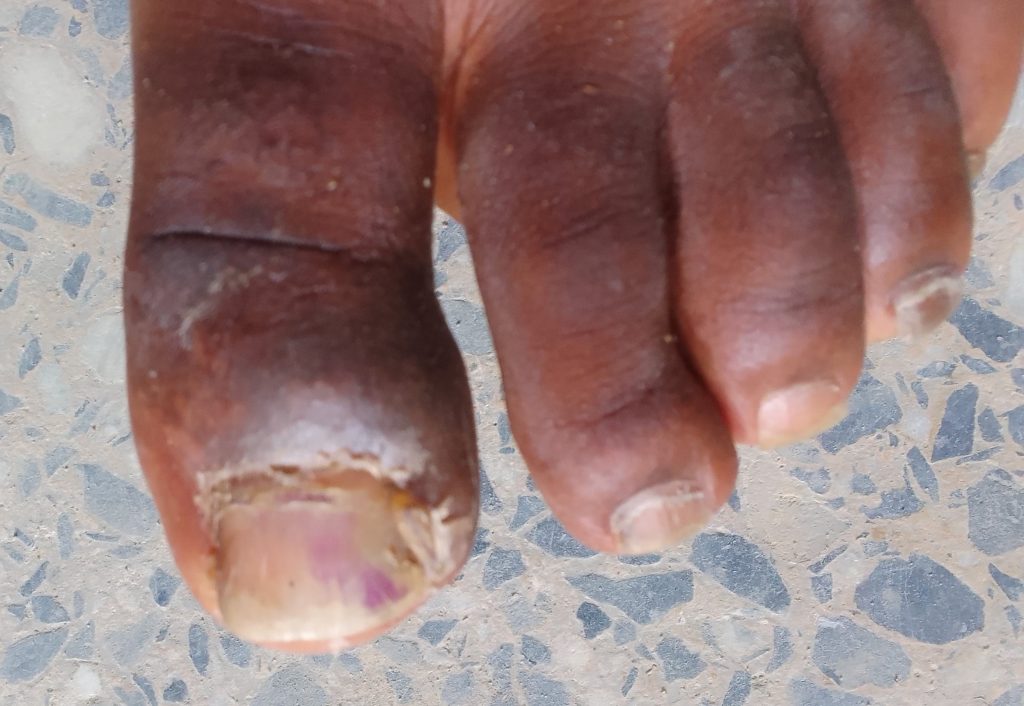The diagnosis of cutaneous fungal infections using direct microscopy and culture methods is quite challenging due to poor sensitivity and a long turnaround time, particularly associated with cultures. However, this may be the case only in settings lacking the capacity to utilise quantitative PCR for diagnosing dermatomycoses.
Argente-Colàs and colleagues at the Navarra University Hospital in Pamplona, Spain, investigated the molecular identification of dermatophyte fungi and Candida albicans in samples of skin and nails using the new NovaplexTM dermatophyte assay. It performed well with an overall agreement of 94.1% when compared with the EurobioPlex dermatophytes assay. Discrepancies were detected in only 5.9% (59/998) of cases, with the majority (62.7%) ultimately confirmed as true-positives by the NovaplexTM Dermatophyte assay, while only 10.2% were false-negative results. In contrast, the comparison between the qPCR assay and culture revealed no false-negative results for Candida albicans, which suggests a high specificity.
Although qPCR assays demonstrate superior performance in comparison to conventional methods for the detection of dermatophyte fungi in skin and nail material, the authors indicated some reservations, such as scarcity of clinical validation, and thus advised using cultures in addition to qPCR. In addition, NovaplexTM Dermatophyte assay targets Candida albicans, Microsporum species, Epidermophyton floccosum, Trichophyton rubrum complex, Trichophyton mentagrophytes complex and Trichophyton tonsurans in a single-well reaction. This assay is thus unable to detect other possible pathogens, such as non-albicans Candida species and non-dermatophyte moulds, further affirming the need for cultures.

Figure 1. Onychomycosis of the big left toenail. Image courtesy: Dr Bassey Ekeng
